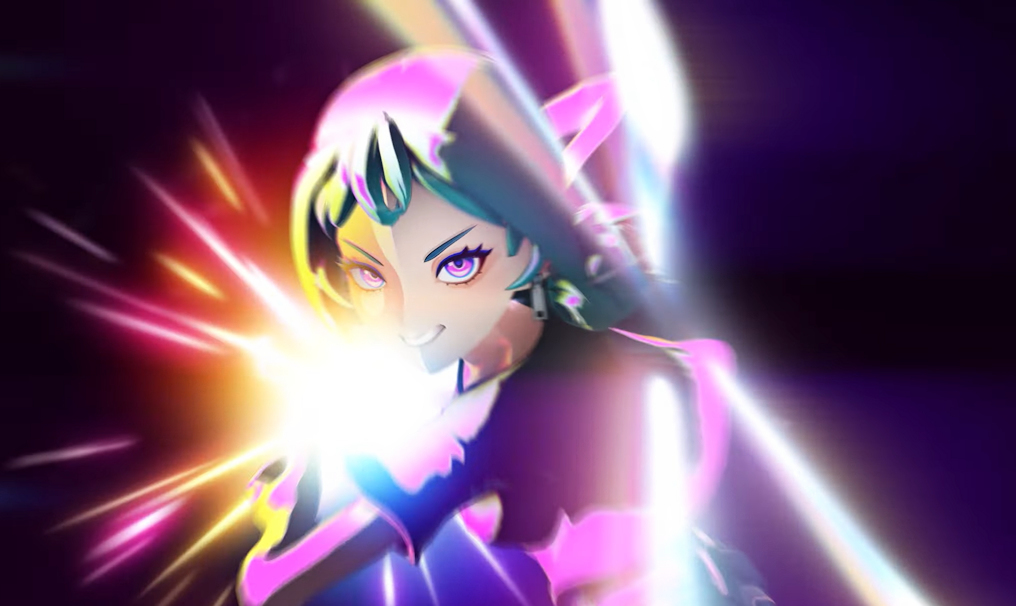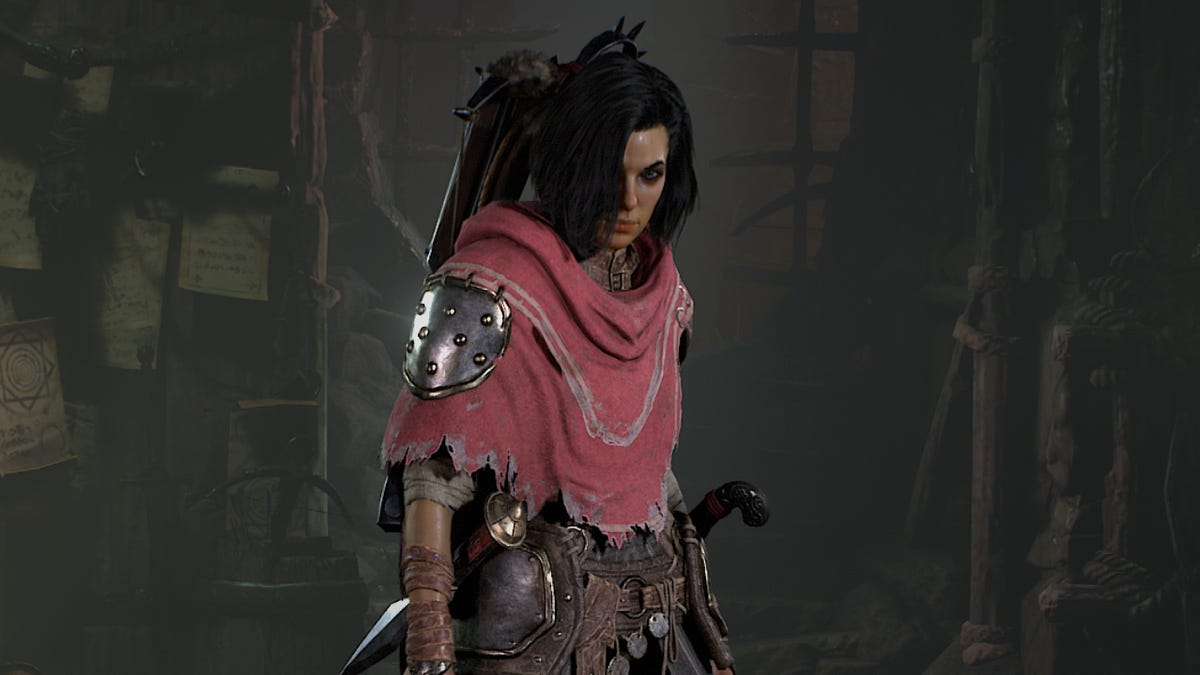Atari has taken a rather unusual approach to conquering the modern gaming industry: while many major companies have tried to create bigger games, often set in new and fresh franchises, Atari has turned its attention to the past to capitalize on the treasure trove of once-iconic IPs it still owns or has acquired over the years. An example that falls into the first category is Yars Rising, as it is a modern adaptation of a game that first appeared on the Atari 2600 in 1982 and was known as Yar’s Revenge.
This game is incredibly important and authentic because in many ways it is the precursor to the idea of Metroidvania, the concept of traversing a limited world and acquiring upgrades and tools to reach previously inaccessible areas. It’s not as complex as modern games like Metroid Dread or the Blasphemous games, but the frameworks and core structure paint a very clear picture of what soon became a worldwide sensation when the first Metroid and Castlevania titles launched shortly after Yar’s Revenge debuted. That same mentality can be applied to Yars Rising as well.
This game is about a hacker named Emi whose job it is to infiltrate the same shady corporation she works for to uncover dark secrets. Using movement and platforming techniques, Emi climbs up and down the headquarters tower to access and hack various computer terminals to discover secrets and gain new powers that allow her to use amazing abilities to defend herself against threats and reach otherwise unreachable places. Again, it’s all very traditional Metroidvania, but I won’t criticize it, as Yar’s Revenge can be considered a pioneer of this concept.
Advertising:
What I want to say about Yars Rising is that it is like a “My First Metroidvania”. Yes, that’s true in many ways, literally, but in 2024, where we’re already used to more complex and varied game mechanics and systems, it sometimes feels too rudimentary and basic. There are only a handful of usable inputs and mechanics, the world isn’t very deep or difficult to navigate, enemies rarely pose a serious threat, and, frankly, the biggest detriment to your success in this game are the rigid controls that allow traversal of the world, and the most complicated elements are a headache.
The mechanics and controls feel clunky and heavy, which isn’t even a notable problem for some of the less intense elements of the game, but when you’re expected to jump between two vertical walls while staying in a confined space, it’s dangerously high as damage lasers threaten to hit Emi, the precision required isn’t often something that defines Yars Rising. And that goes for jumping between floating platforms while dodging enemies and attacking projectiles, and even some of the smaller arcade minigames.
Advertising:
I consider the arcade minigames to be one of Yars Rising’s most interesting and unique features. To hack into computer terminals, Emi basically uses a pixel avatar to infiltrate the system by completing minigames that feel right at home in the 1980s. These can be Galaga or Space Invaders style action, brick breaker type tasks, bullet game type targets, etc. They’re usually very simple mechanically, but due to the number of moving parts and deadly projectiles that hurl Emi out of the hack with each impact, they can be a lot more challenging than they seem. I appreciate the challenge and retro authenticity of these minigames, but at the same time, they can also be frustrating to complete, especially because failure depletes Emi’s health bar, which only refills significantly at save stations.
You might say that my criticism of the health system is too pedantic, but it actually comes full circle to the nonsense and clumsiness I mentioned earlier. Defeating an enemy usually drops health cubes (or even ammo for Emi’s more destructive abilities). The problem, however, is that these items often end up outside the map or behind an enemy’s corpse where they’re unreachable, meaning there’s basically no way to offset the damage you take when you get hit by one of the many environmental hazards or enemy types, of which there are numerous and varied types to overcome. Oddly enough, this problem doesn’t really affect boss fights, because even though it’s one of the places where you’ll face the biggest challenge, boss encounters tend to be fairly easy mechanics to tackle and offer plenty of opportunities to heal yourself, making them easier than other areas of Yars Rising.
One aspect where WayForward excelled with Yars Rising is undoubtedly the presentation. This game is very beautiful and vibrant, and feels truly alive thanks to the great soundtrack that plays throughout, offering electronic and pop beats with a Japanese twist. Combine this with the spoken dialogue and the moments where the art team can clearly show off their talent by presenting narrative scenes in comic form, and Yars Rising feels visually and aurally more like a modern Persona game than a retro Persona title from 1982, where the core and basic mechanics were infinitely more important than providing a narrative and artistic experience.
So overall, Yars Rising is a mix of two things. On one hand, I think WayForward has done a great job of bringing this old title into the present with great visual and audio prowess. On the other hand, it lacks the class and sophistication that makes modern games so fun and engaging. The hustle and awkwardness hold this game back, which is a shame, because this is video game history coming to life before our eyes. Either way, this is without a doubt the best and most accessible way to experience a game that inspired some of the most beloved and popular games of all time.














